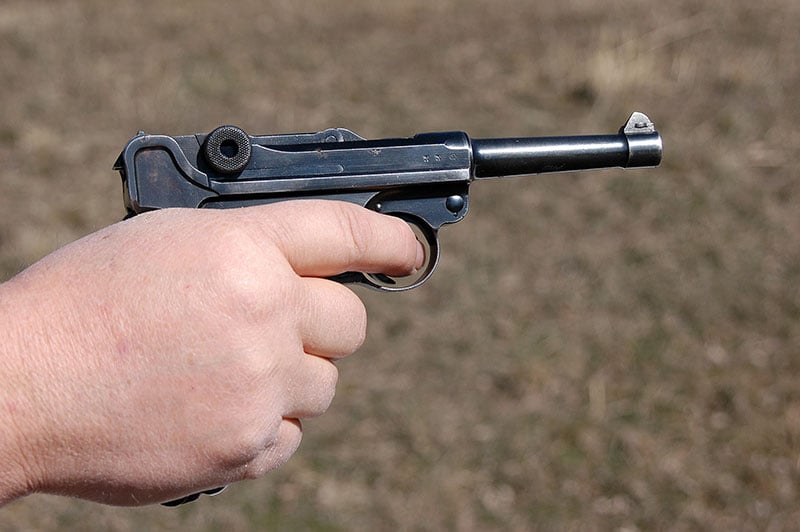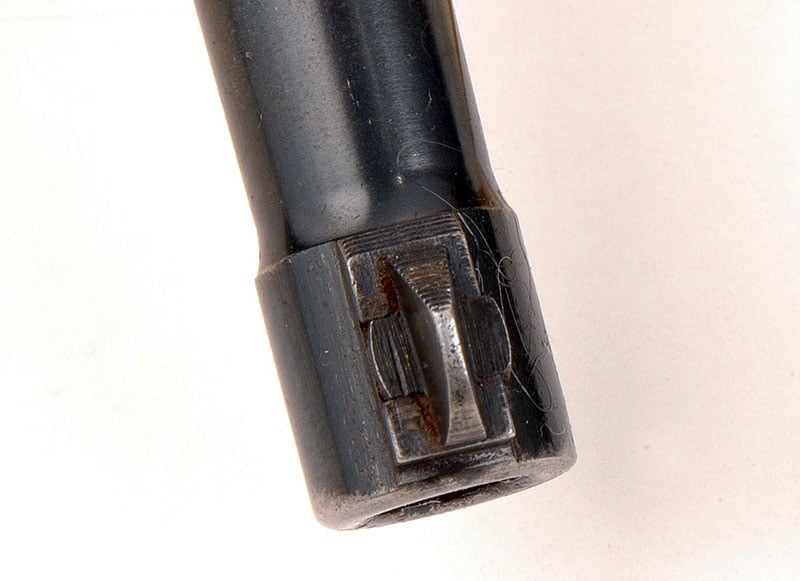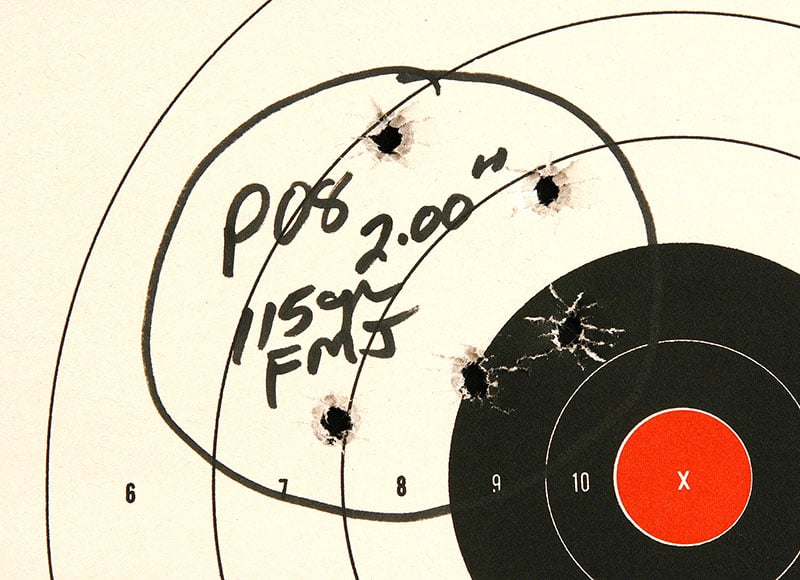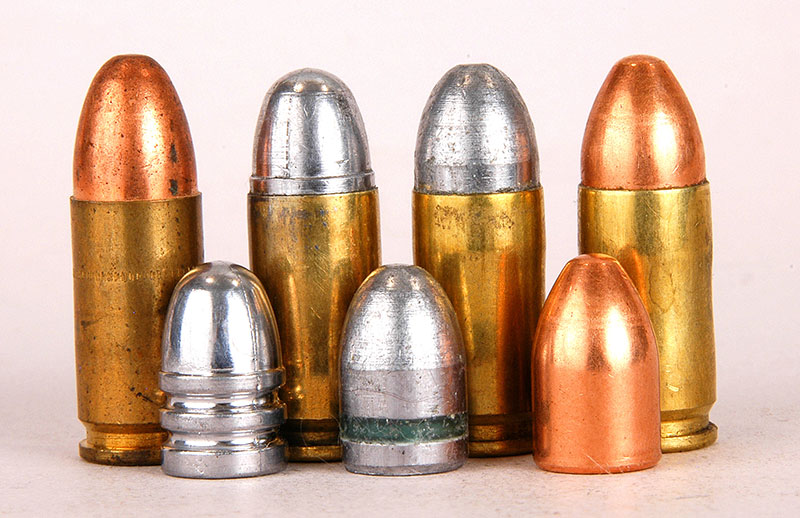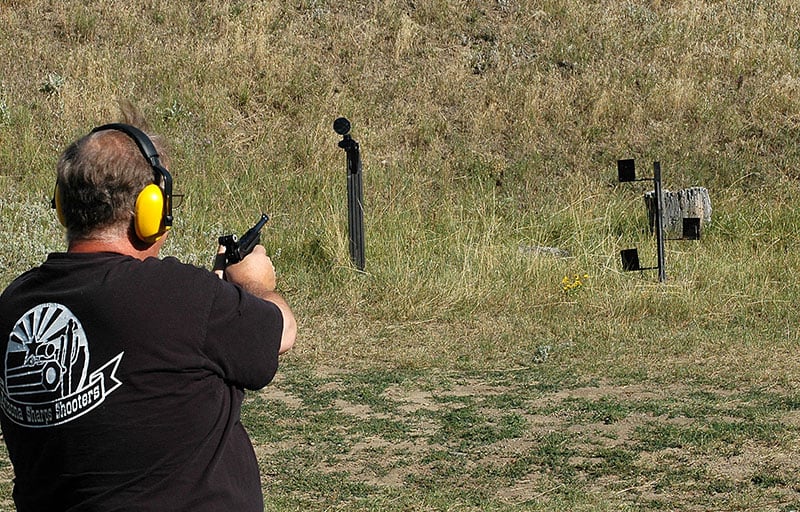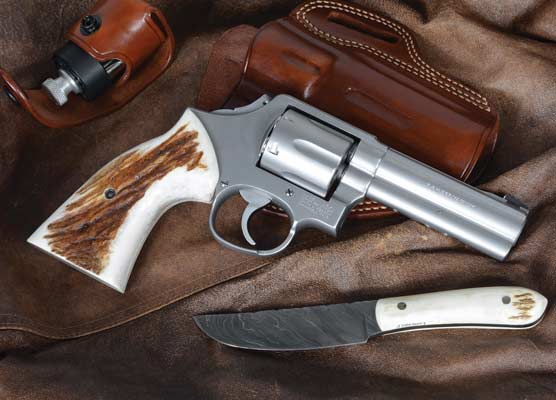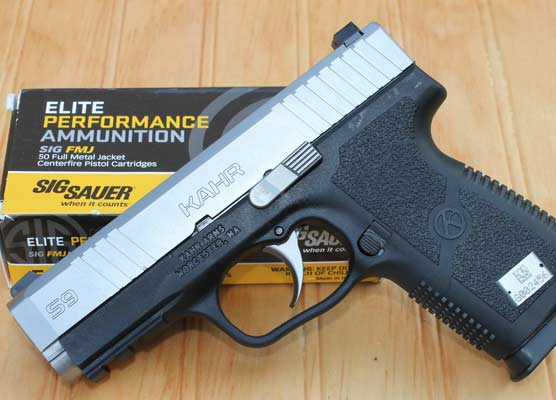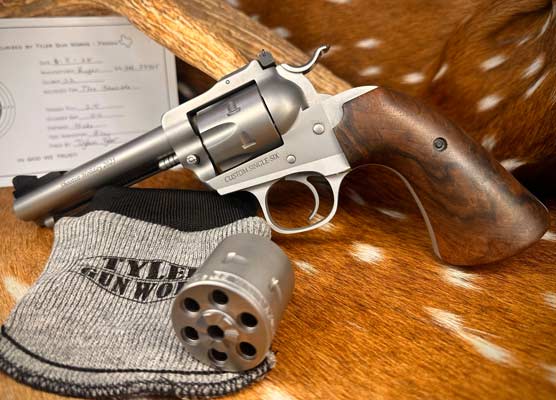German P08 "Luger"
Handguns Of WWII, Part 1
Part 1 Of A 13-Part Series
Luger P08 9mm pistols were considered the best souvenirs by American troops in the European Theatre of Operations (ETO) during World War II. That’s because no firearm is more identified with the German military than the Luger. Also no firearm is identified with the 9mm Parabellum caliber more than the Luger.
However, here are a few basic Luger facts. Switzerland adopted the Luger years before any German military force, and for a time even produced them in their own factory in Bern. The 7.65mm (.30 Luger in the U.S.) was the Luger’s first chambering in 1900. The 9mm didn’t appear until 1902. By far, Germany wasn’t the only nation to adopt Lugers for their militaries. Aside from Switzerland, Bulgaria, The Netherlands, Brazil, Portugal and Finland, several other nations adopted Lugers for their armed forces to one degree or the other. Even the United States bought limited quantities of Lugers in the early 1900s for testing.
Another interesting Luger fact is there was never a “Luger Factory.” Georg Luger, the pistol’s designer, was an employee of DWM (Deutche Waffen und Munitionsfabriken). According to the book Standard Catalog of Lugers by Aaron Davis DWM produced about 38 percent of all Lugers. Mauser Werke of Oberndorf made about the same percentage. A German Imperial arsenal in Erfurt only made Lugers between 1910 and 1918, but their total was about 21 percent. The remaining 3 percent of Lugers were made by the Swiss factory at Bern, the Vickers factory in England (That’s right, England!) Simson & Company of Suhl, Germany and Krieghoff, also of Suhl. So how many Lugers were made all together? No figure is carved in stone, but it appears that about three million (give or take a few hundred thousands) were made between 1900 and 1945, and perhaps a bit later.
More Luger Lore
Here’s an interesting conundrum. After World War I the Erfurt arsenal was shut down by the Versailles Treaty and its Luger tooling passed to Simson & Company. However that later firm was Jewish-owned so when the Nazis came to power in the 1930s, the Luger tooling was acquired by Krieghoff. Then that company won the Luftwaffe’s contract for pistols, making some of the finest quality Lugers ever produced.
Not until 1908 did the German Army adopt the Luger as its standard sidearm. Barrel length was 4″, caliber was 9mm Parabellum (called 9mm Luger in the U.S.), finish was blue and grips were checkered walnut. Magazine capacity was eight rounds. By their sights, obviously Lugers were not made for target shooting. The rear is a simple V-notch and the front is an inverted V-blade dovetailed into a barrel stud near the muzzle. At least that feature allows Lugers to be zeroed for windage by drifting the blade in its dovetail. Also elevation can be changed by inserting different heights of front blade. Luger’s have a unique toggle action, unlike most autoloading pistols having separate barrels contained in a slide. Also with their swept-back grip frame, Lugers have better pointing qualities than most other handguns. I learned that as a child when a full size plastic copy of the Luger was my favorite squirt gun!
Even before World War II, the German Heer (Army) decided to drop Lugers as their sidearm. That was in 1938, when the famous Walther P38 was adopted. That said, Lugers stayed in service right to the end of the war in May 1945, although most production ceased for the Heer in 1942. A fact discovered when I was doing some research for this piece is that not all Luger production stopped in 1942. Those being made for the Luftwaffe stayed in production right to the end. Lugers were not dropped because the German military thought them obsolete, but rather because they were slow and expensive to produce.
Collecting
When I embarked upon assembling a collection of World War II firearms, naturally a Luger had to be a part of it. Knowing next to nothing about their finer points I purchased one from a trusted acquaintance. He steered me right. In the mid-1930s Germany turned to codes for marking their weapons instead of the makers’ names. This was done to keep the location of production facilities secret.
My Luger is coded S42, meaning it was made by Mauser Werke at Oberndorf, specifically for the German army. It is one of about a million made at that factory. It’s also dated 1938 and like most German weapons of that era it contains at least part of the serial number on virtually all parts. Here’s another idiosyncrasy about German weapon serial numbers. They are almost always four digits with a letter. Starting at 0001 with an “a” they go to 9999 in the “a” series and then start over with 0001 again but with a “b.” My Luger is numbered 7089 in the “L” series. It has most of its finish except on the backstrap of the grip frame, meaning it has been shot a bit. Also there are some tiny areas of slight pitting indicating possibly its leather holster retained moisture somewhere along the way. I don’t mind the blue wear or minor pits because I buy guns to shoot.
Shooting
And this Luger shoots well, indeed – providing the ammo is correct. Lugers were made for either 115 or 124 grain full metal jacketed (FMJ) bullets. If I feed it those correct factory loads or similarly shaped cast or jacketed bullets in handloads, its functioning is about perfect. Deviate from that sort of ammunition, say as in trying hollowpoint bullets, and it refuses to feed a single round. I understand this is a common characteristic of Lugers in general. When I first started shooting this pistol, its point of impact was a few inches left of center in regards to point of aim, but elevation was correct for 115 grain bullets at about 1,100 fps. A few careful taps on a brass punch on the dovetailed sight and I had it hitting center.
There is such extreme variation in the near three million produced a collector could work for a lifetime and never gather a significant portion of the assortment. That’s not me. I wanted a quintessential World War II example for my shooting collection and that’s what I have. And if you’re what His Editorship’s wife, Ms. Suzi calls a “Gunist” — you should have one to.
Click here to links to all the 13-part on-line series of Handguns Of World War 2 articles.

